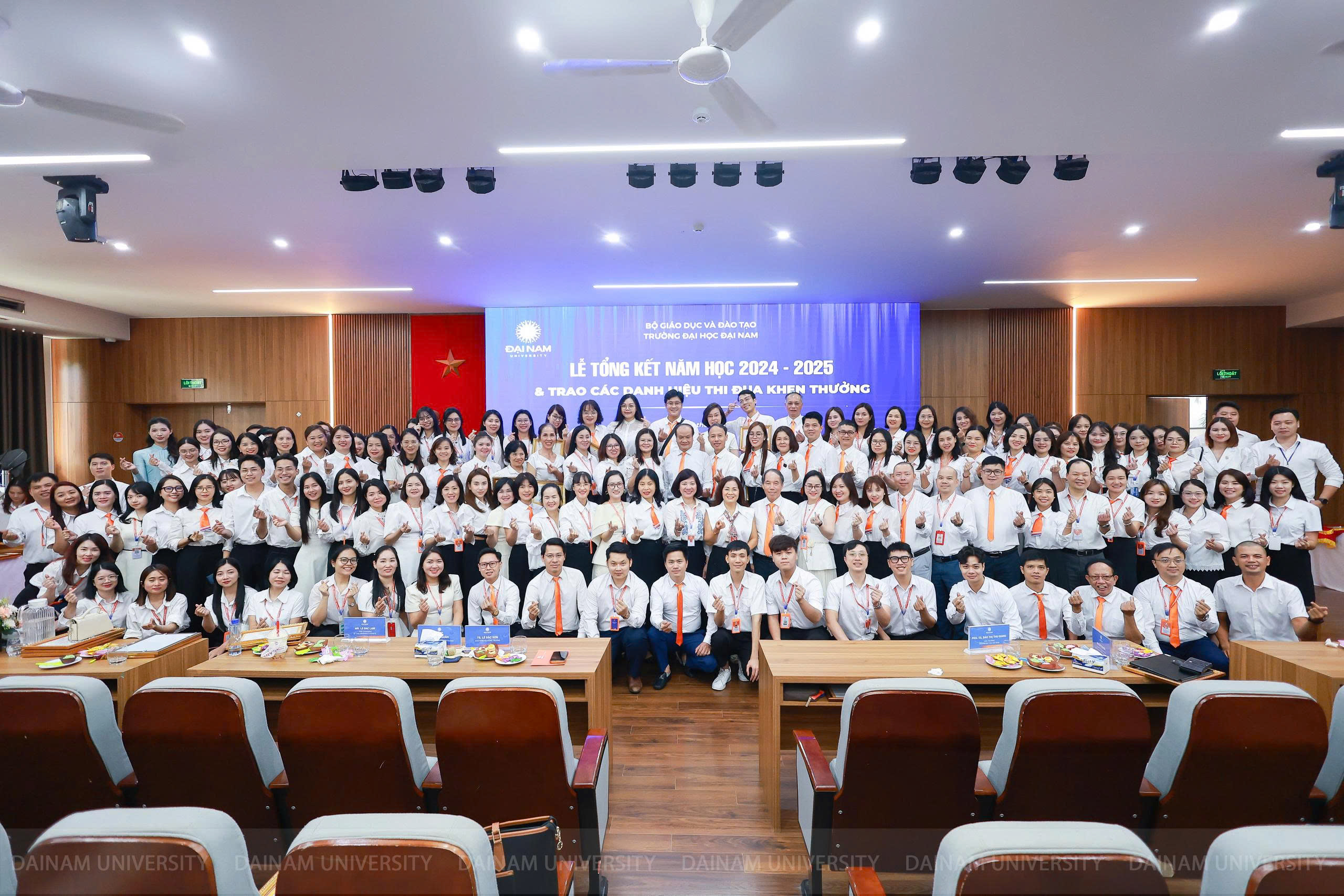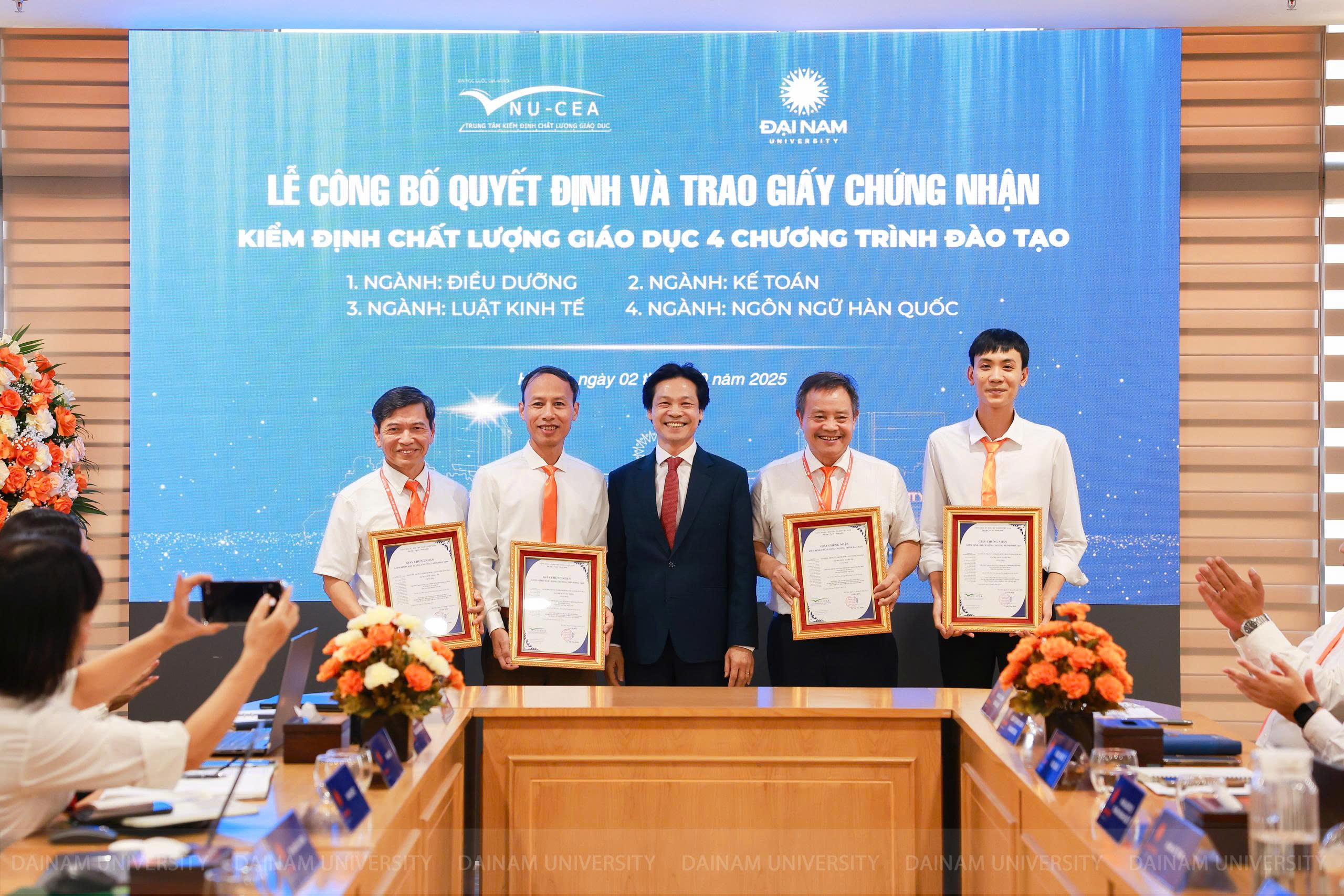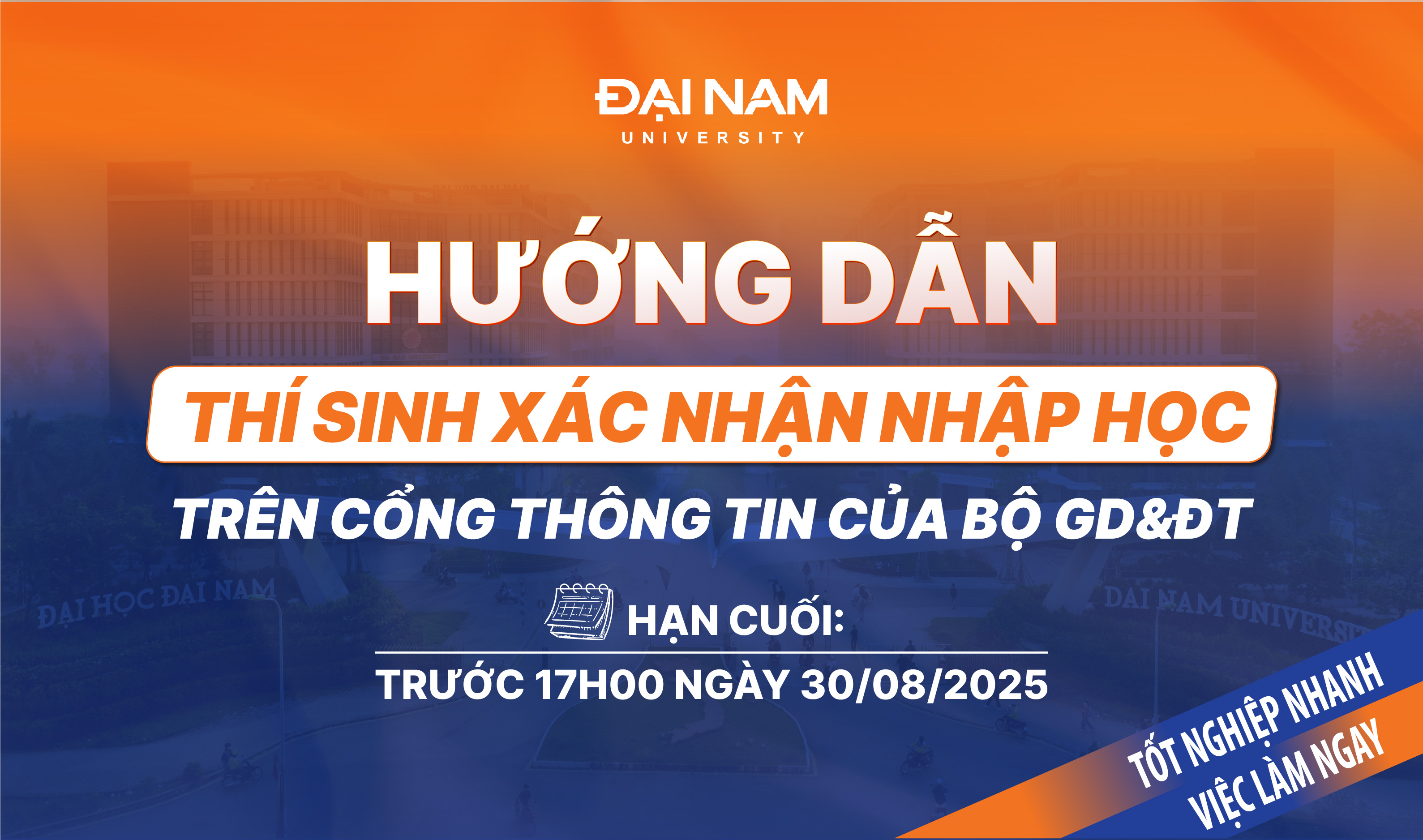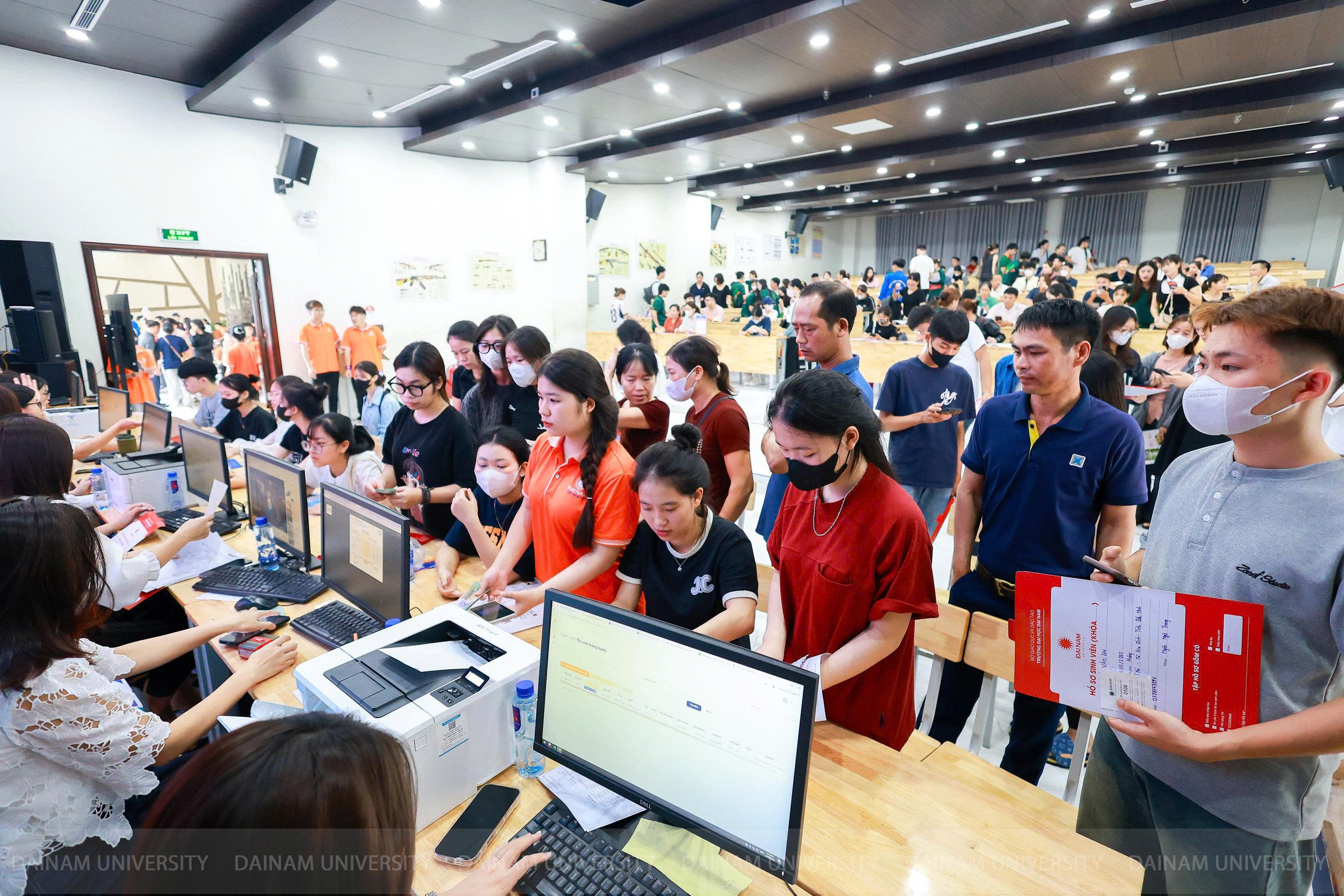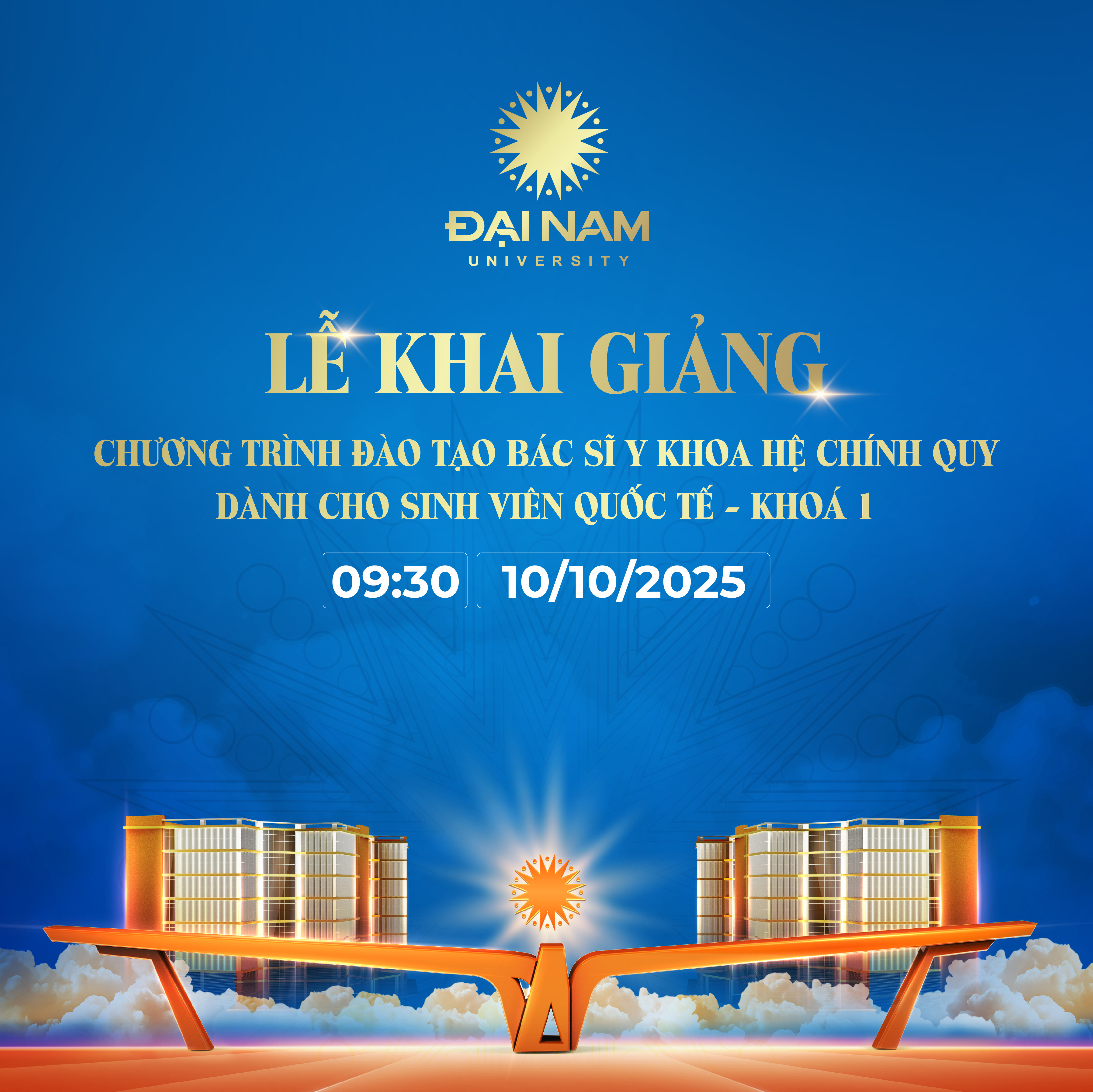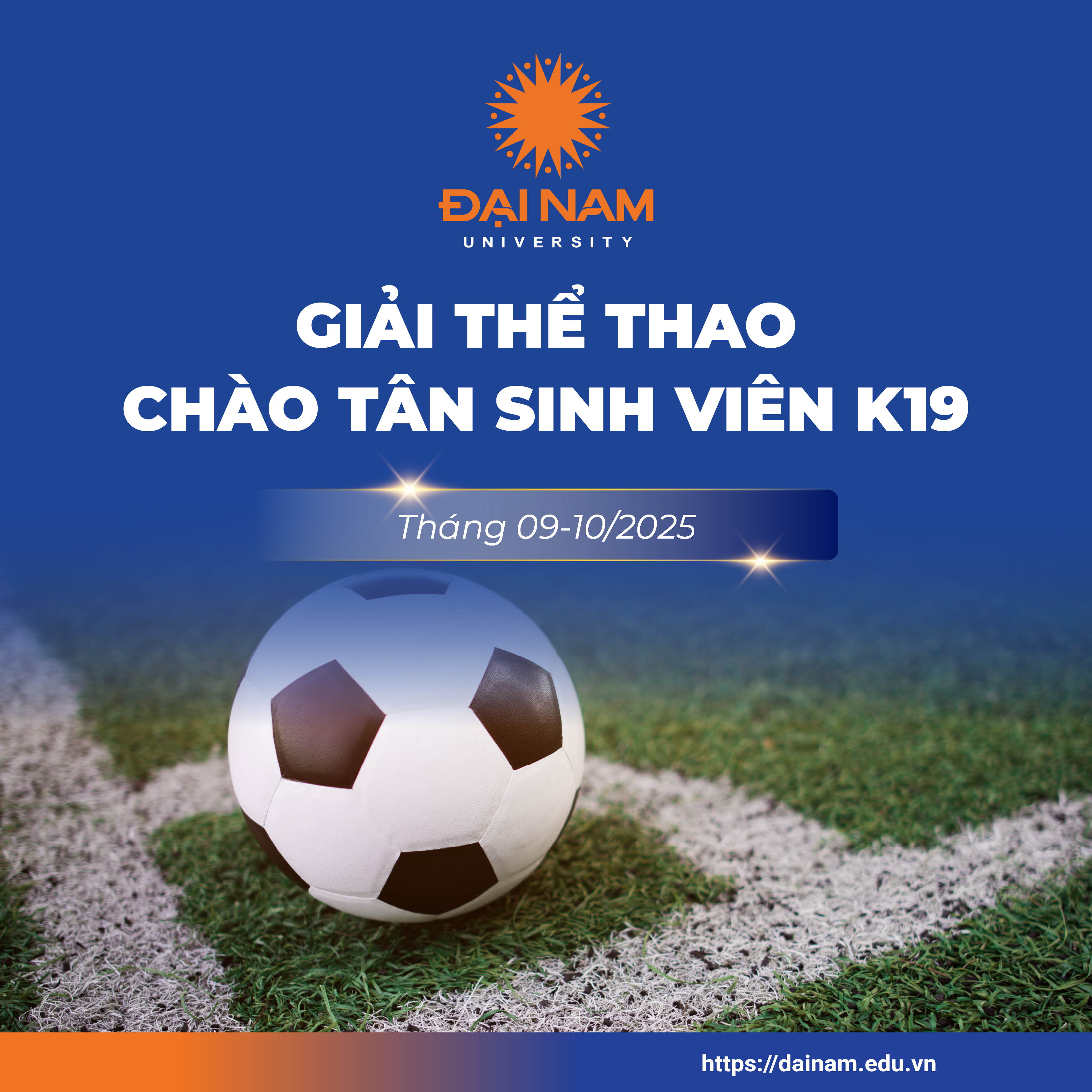National High School Exam 2016: What to do to perfect the exam plan?

The 2015 National High School Exam has left a significant mark on society with its advantages and disadvantages. So, what needs to be done to improve the exam plan for the 2016 National High School Exam and avoid the shortcomings of the previous exam?

Candidates are tired after exams.
It can be said that, up to this point, the overall "picture" of the National High School Exam ( HOSE QG ) has become clear, in which the "bright spot" is the main one. The admission results, although still in the 4th round, show that the new exam method has contributed to the stratification of educational quality, and schools have more autonomy in admission .
For candidates, "exam first, admission later" has given them a greater chance to have a seat in the classroom. The Ministry of Education and Training has also confirmed that in 2016, it will continue to organize the National High School Exam .
The exam needs to be more differentiated.
In 2015, 878,198 candidates registered to take the exam to be considered for high school graduation recognition. The exam was held at 99 exam clusters, of which 38 were hosted by universities and 61 were hosted by the Department of Education and Training. Before the exam, public opinion was concerned about the seriousness of the exam invigilation in the two types of clusters hosted by universities and by the Department of Education and Training.
The actual results have dispelled this concern. Because localities with better economic, social and quality assurance conditions have higher graduation rates than localities with difficult economic conditions; The graduation rate in the plains is higher than in the mountains; The graduation rate in the inter-provincial examination cluster chaired by the university is higher than in the provincial examination cluster chaired by the Department of Education and Training; The graduation rate of high school education is higher than that of continuing education.
One point that the public is concerned about before the exam is whether the exam can fulfill both tasks: ensuring that the graduation rate does not fluctuate much compared to previous years while still recruiting excellent students to universities. In fact, according to the assessment of the Ministry of Education and Training, the exam has been designed in the direction of assessing students' abilities, the content is in the high school program, mainly grade 12; increasing practical application questions and open questions, requiring students to apply interdisciplinary knowledge and social understanding to answer; limiting the requirement to mechanically memorize data and events.
The exam has basic knowledge to meet graduation assessment, and at the same time has high differentiation to serve admission purposes. Questions are arranged from easy to difficult, from basic to advanced.
The above innovations in the exam have resulted in a score distribution that is appropriate to the candidates' abilities. The score distribution is evenly and widely distributed from 1 to 10, but the number of students achieving 10 and high scores this year is less than in previous years.
In each subject, the majority of students have average scores, with fewer and fewer students with low scores and higher scores. For example, in Math, scores from 5-7.5 are common; in Literature, scores from 4-7 are common; in Physics, scores range from 4-7, with a peak of 6; in Chemistry, scores range mainly from 5-7.
Read more: In 2016, continue to take the National High School Exam for graduation and university admission
However, according to experts, the exam also needs to be adjusted to further classify candidates. In 2015, according to teachers, up to 60% of the exam questions were for graduation purposes, 40% were difficult to classify. This ratio needs to change to increase the quality of university and college admissions .
Along with increasing differentiation with more questions, to ensure the graduation rate, the Ministry can adjust the conditions for passing the graduation exam. The exam method and exam questions have changed but the conditions for passing the graduation exam remain the same, which is unreasonable.
Aspirations by industry, not by school
After two rounds of admission, according to the report of 443 universities and colleges using the results of the National High School Exam for admission and 194 schools with autonomous admission projects combining admission based on the results of the National High School Exam with admission based on academic records, the number of admitted candidates and the number of schools that met their enrollment targets were higher than last year. Specifically, 554,953 candidates were admitted, reaching 85.74% of the set target; of which, the university system recruited 415,870, reaching 97.6% of the target; the college system recruited 139,083, reaching 63.21% of the target.
This number is higher than the number of students recruited in the whole year of 2014 (in 2014, 505 thousand students were recruited, reaching 78.9% of the target; including 348 thousand university students, reaching 94% and 157 thousand college students, reaching 58.1%). This shows that organizing the National High School Exam to consider high school graduation and providing data for university and college admissions has created favorable conditions for candidates to register for the exam and schools have also made it easier to recruit students.
According to the analysis of admission results, the admission scores of the schools show a clear stratification. The top schools all have high admission scores. The Public Security, Military, Medicine and Law sectors have the best admission results; followed by Engineering, Economics, Pedagogy and Finance - Banking. The Agriculture - Forestry - Fisheries and Technology sectors are more difficult to recruit.
However, in this difficult-to-recruit industry group, there are still prestigious schools that do a good job of recruiting and consulting, have good facilities, staff, convenient locations, etc., and have high recruitment results.
One special point is that in all groups of universities and colleges, regardless of high, average or low admission scores, there are schools that have met their enrollment targets right from the first round; some non-public universities have recruited at a fairly high rate right from the first round.
The biggest limitation of the 2015 national high school exam comes from the regulation that candidates can choose 4 wishes in the same school. The situation of students and parents continuously withdrawing their applications at schools causes chaos, which is just a technical error, not a fundamental one.
What is unreasonable about this regulation is that it puts the goal of passing the university entrance exam above passion, career aptitude... important factors that affect the quality of training. Therefore, according to experts, it should be regulated that candidates are allowed to have 2 wishes for majors in 2 universities at different levels. The technical problems, shared databases and admission software... will be solved when the "questions" are given appropriately.
Register for admission consultation 2025
scholarships and tuition support worth up to 55 billion VND

scholarships and tuition support worth up to 55 billion VND

